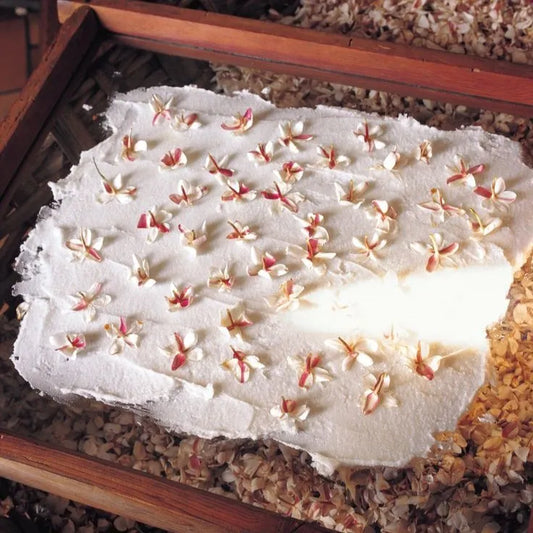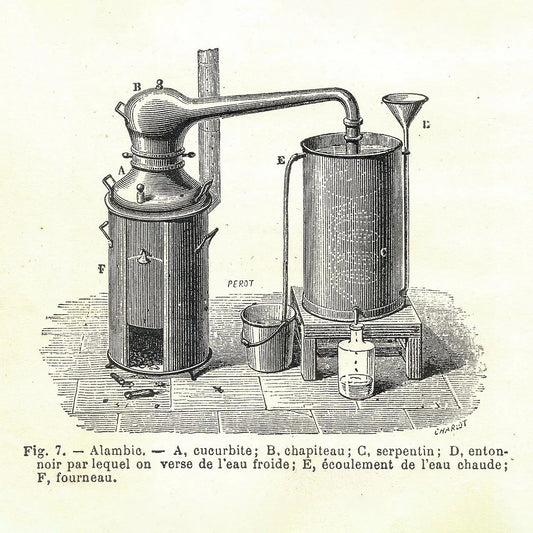An oil, lotion, cream, or other substance is considered astringent if it contracts the skin cells when applied topically. This contraction tightens pores to reduce the amount of natural oil on the skin, making astringents particularly desirable for teenagers fighting acne during puberty and adolescence. Astringents also can help reduce bleeding from a minor cut or scrape.
Most commercially available astringent products contain isopropyl alcohol, making them particularly strong and potentially irritating to the skin. Alcohol-based astringents can dry the skin to the point of itching and flaking, which can make skin appear dull and damaged. Using an appropriate essential oil as an astringent eliminates the medicinal scent of alcohol, a desirable improvement for those who use astringents on a daily basis.
The scientific community has not seen much of a need to research the astringent properties of essential oils, so most information on this comes from anecdotal evidence—but these anecdotes have been borne out by hundreds of years of evidence. We can take for granted, for example, that lemon essential oil provides an astringent effect when applied to the skin, leading to its use in many skin care products for oily complexions. Applying lemon oil directly to the skin can cause redness and peeling, however, so it must be mixed with a lotion or carrier oil that will not clog the pores (a “noncomedogenic” oil). Mixing a drop or two of lemon essential oil into a face washing product can be enough to reduce blemishes over time. Other citrus essential oils including grapefruit and bergamot are touted to be effective astringents as well.
Peppermint and spearmint essential oils, also well known for their ability to control oily skin, contain significant amounts of menthol, which has the added beneficial effect of cooling redness and irritation. While several oils that come from conifers (cone-bearing trees) have astringent properties, cypress essential oil is most often recommended as a remedy for oily skin.
Many practitioners who make their own astringent lotions recommend mixing a few drops of the selected essential oil with distilled water and apple cider vinegar, which contains its own astringent acids. Some also add rosewater—not rose essential oil, a very expensive product; rosewater is made by boiling water and adding rose petals and steeping this until the water turns pink. Witch hazel, also a powerful astringent, appears in some recipes. With the vinegar, witch hazel, and rosewater involved, you hardly need the essential oil—but a few drops will provide an additional astringent effect.
If acne has already made its appearance, the scientific community agrees that tea tree essential oil can be as effective in fighting pimples as benzoyl peroxide, the active ingredient in many over-the-counter acne products. Tea tree is not an astringent, but its antifungal and antibacterial properties make it a top choice for treating the inevitable results of oily skin.





